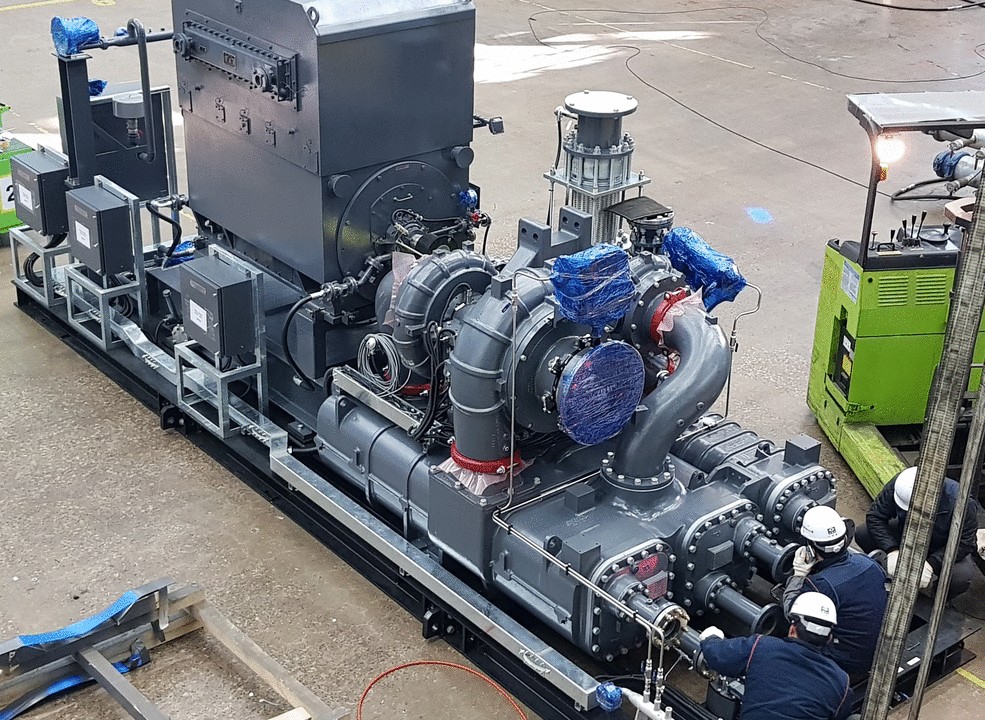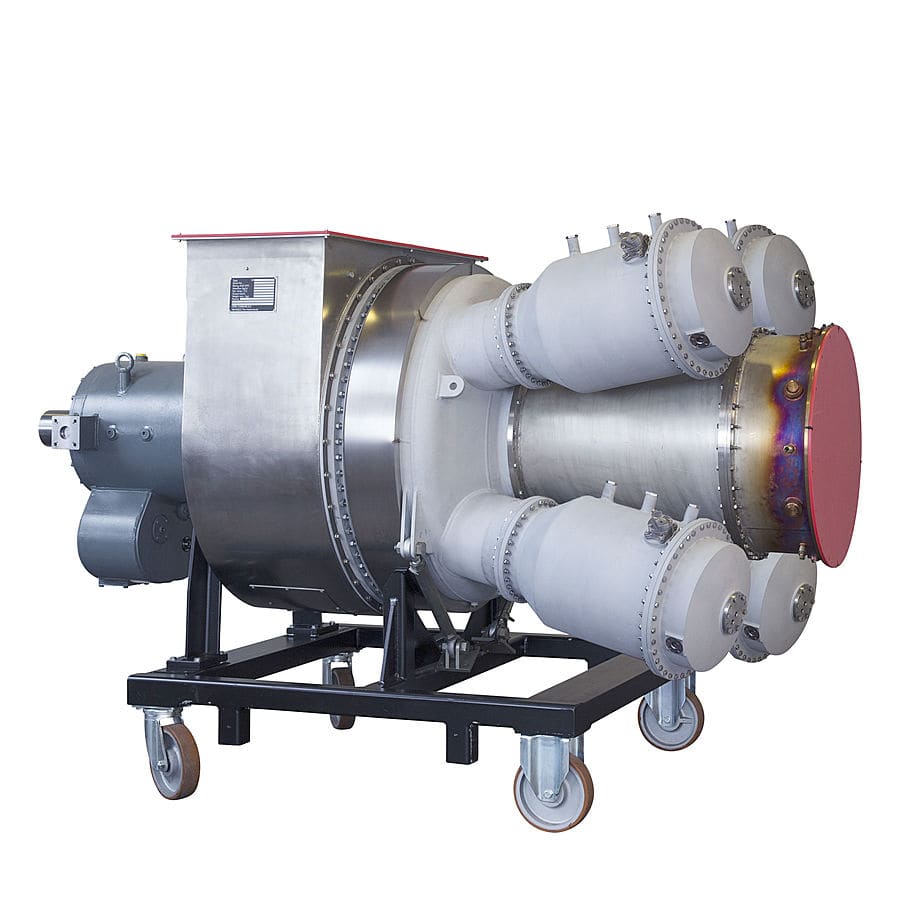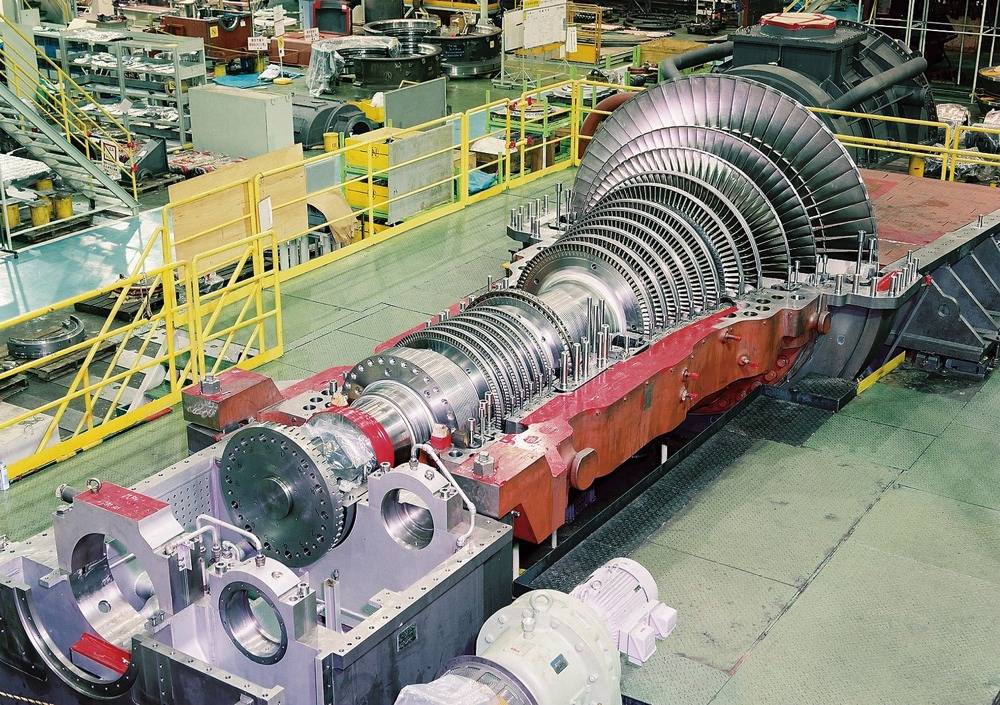FACTOR IMPACTING AVAILABILITY - TURBOMACHINERY



FREQUENT QUESTIONS & ANSWERS - AVAILABILITY
CENTRIFUGAL COMPRESSORS
Q: What are the main factors that affect the availability of centrifugal compressors? A: The main factors that can affect the availability of centrifugal compressors include the design and operating conditions of the compressor, the quality of maintenance and repair practices, and the availability of spare parts.
Q: How does the design of a centrifugal compressor impact its availability? A: The design of a centrifugal compressor can impact its availability by affecting its reliability and maintainability. Compressor designs that incorporate robust components, easy access to critical components, and effective lubrication systems can help to improve availability by reducing the likelihood of unplanned downtime.
Q: What types of operating conditions can impact the availability of centrifugal compressors? A: Operating conditions that can impact the availability of centrifugal compressors include high or low temperatures, high or low pressures, and corrosive or erosive environments. These conditions can lead to increased wear and tear on compressor components, which can result in unplanned downtime.
Q: How does maintenance impact the availability of centrifugal compressors? A: The quality of maintenance practices can have a significant impact on the availability of centrifugal compressors. Regular maintenance, including inspections, lubrication, and component replacements, can help to identify and correct potential issues before they result in downtime.
Q: Why is spare parts availability important for the availability of centrifugal compressors? A: The availability of spare parts is important for the availability of centrifugal compressors because it enables timely repairs and maintenance. Lack of spare parts availability can result in extended downtime and increased maintenance costs.
Q: How can users improve the availability of centrifugal compressors? A: Users can improve the availability of centrifugal compressors by implementing a comprehensive maintenance program that includes regular inspections, maintenance, and repairs. It is also important to use high-quality components and materials, and to ensure that spare parts are readily available.
Q: What can manufacturers do to improve the availability of centrifugal compressors? A: Manufacturers can improve the availability of centrifugal compressors by incorporating robust designs, high-quality materials and components, and effective lubrication systems. Manufacturers can also provide training and support to users to ensure that maintenance practices are effective and efficient.
By addressing these factors, users and manufacturers can work together to improve the availability of centrifugal compressors and ensure reliable operation over the long term.
GAS TURBINES
Q: What are the main factors that affect the availability of gas turbines? A: The main factors that can affect the availability of gas turbines include the design and operating conditions of the turbine, the quality of maintenance and repair practices, and the availability of spare parts.
Q: How does the design of a gas turbine impact its availability? A: The design of a gas turbine can impact its availability by affecting its reliability and maintainability. Turbine designs that incorporate robust components, easy access to critical components, and effective cooling systems can help to improve availability by reducing the likelihood of unplanned downtime.
Q: What types of operating conditions can impact the availability of gas turbines? A: Operating conditions that can impact the availability of gas turbines include high or low temperatures, high or low pressures, and corrosive or erosive environments. These conditions can lead to increased wear and tear on turbine components, which can result in unplanned downtime.
Q: How does maintenance impact the availability of gas turbines? A: The quality of maintenance practices can have a significant impact on the availability of gas turbines. Regular maintenance, including inspections, lubrication, and component replacements, can help to identify and correct potential issues before they result in downtime.
Q: Why is spare parts availability important for the availability of gas turbines? A: The availability of spare parts is important for the availability of gas turbines because it enables timely repairs and maintenance. Lack of spare parts availability can result in extended downtime and increased maintenance costs.
Q: How can users improve the availability of gas turbines? A: Users can improve the availability of gas turbines by implementing a comprehensive maintenance program that includes regular inspections, maintenance, and repairs. It is also important to use high-quality components and materials, and to ensure that spare parts are readily available.
Q: What can manufacturers do to improve the availability of gas turbines? A: Manufacturers can improve the availability of gas turbines by incorporating robust designs, high-quality materials and components, and effective cooling systems. Manufacturers can also provide training and support to users to ensure that maintenance practices are effective and efficient.
By addressing these factors, users and manufacturers can work together to improve the availability of gas turbines and ensure reliable operation over the long term.
SPECIAL STEAM TURBINES
Q: What are the main factors that affect the availability of special steam turbines? A: The main factors that can affect the availability of special steam turbines include the design and operating conditions of the turbine, the quality of maintenance and repair practices, and the availability of spare parts.
Q: How does the design of a special steam turbine impact its availability? A: The design of a special steam turbine can impact its availability by affecting its reliability and maintainability. Turbine designs that incorporate robust components, easy access to critical components, and effective cooling systems can help to improve availability by reducing the likelihood of unplanned downtime.
Q: What types of operating conditions can impact the availability of special steam turbines? A: Operating conditions that can impact the availability of special steam turbines include high or low temperatures, high or low pressures, and corrosive or erosive environments. These conditions can lead to increased wear and tear on turbine components, which can result in unplanned downtime.
Q: How does maintenance impact the availability of special steam turbines? A: The quality of maintenance practices can have a significant impact on the availability of special steam turbines. Regular maintenance, including inspections, lubrication, and component replacements, can help to identify and correct potential issues before they result in downtime.
Q: Why is spare parts availability important for the availability of special steam turbines? A: The availability of spare parts is important for the availability of special steam turbines because it enables timely repairs and maintenance. Lack of spare parts availability can result in extended downtime and increased maintenance costs.
Q: How can users improve the availability of special steam turbines? A: Users can improve the availability of special steam turbines by implementing a comprehensive maintenance program that includes regular inspections, maintenance, and repairs. It is also important to use high-quality components and materials, and to ensure that spare parts are readily available.
Q: What can manufacturers do to improve the availability of special steam turbines? A: Manufacturers can improve the availability of special steam turbines by incorporating robust designs, high-quality materials and components, and effective cooling systems. Manufacturers can also provide training and support to users to ensure that maintenance practices are effective and efficient.
By addressing these factors, users and manufacturers can work together to improve the availability of special steam turbines and ensure reliable operation over the long term.
